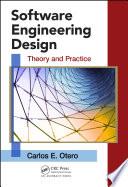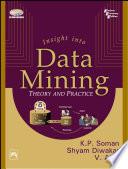
Educational Psychology Myeducationlab + Enhanced Pearson Etext Access Card
Theory and Practice
NOTE: Before purchasing, check with your instructor to ensure you select the correct ISBN. Several versions of Pearson's MyLab products exist for each title, and registrations are not transferable. To register for and use Pearson's MyLab products, you will also need a Course ID, which your instructor will provide. Used books, rentals, and purchases made outside of Pearson If purchasing or renting from companies other than Pearson, the access codes for Pearson's MyLab products may not be included, may be incorrect, or may be previously redeemed. Check with the seller before completing your purchase. For Introduction to Educational Psychology courses. This access code card provides access to MyLab(TM) Education with Enhanced Pearson eText. The intellectual grounding and practical strategies tomorrow's teachers need to be effective instructors. Educational Psychology: Theory and Practice offers complete, up-to-date information that is presented in readable, practical ways and illustrated with engaging examples and case studies. Embedded videos and interactive activities in the Enhanced Pearson eText in MyLab Education further illustrate key concepts and facilitate application. The text makes the connection between theory and practice explicit, helping students transfer what they learn to their own teaching. The Twelfth Edition reflects ongoing changes in our learning sciences that continue to transform educational psychology and teaching, incorporating new research and practical applications of many contemporary topics. Personalize learning with MyLab Education Pearson MyLab Education is an online homework, tutorial, and assessment program designed to work with the text to engage students and improve results. Within its structured environment, students see key concepts demonstrated through real classroom video footage, practice what they learn, test their understanding, and receive feedback to guide their learning and ensure they master key learning outcomes.
- ISBN 13 : 9780134524221
- ISBN 10 : 0134524225
- Judul : Educational Psychology Myeducationlab + Enhanced Pearson Etext Access Card
- Sub Judul : Theory and Practice
- Pengarang : Robert E. Slavin,
- Kategori : Educational psychology
- Penerbit : Pearson
- Bahasa : en
- Tahun : 2017
- Halaman : 9998
- Google Book : http://books.google.co.id/books?id=rv9LMQAACAAJ&dq=inauthor:slavin,+intitle:education&hl=&source=gbs_api
-
Ketersediaan :
The text makes the connection between theory and practice explicit, helping students transfer what they learn to their own teaching.









